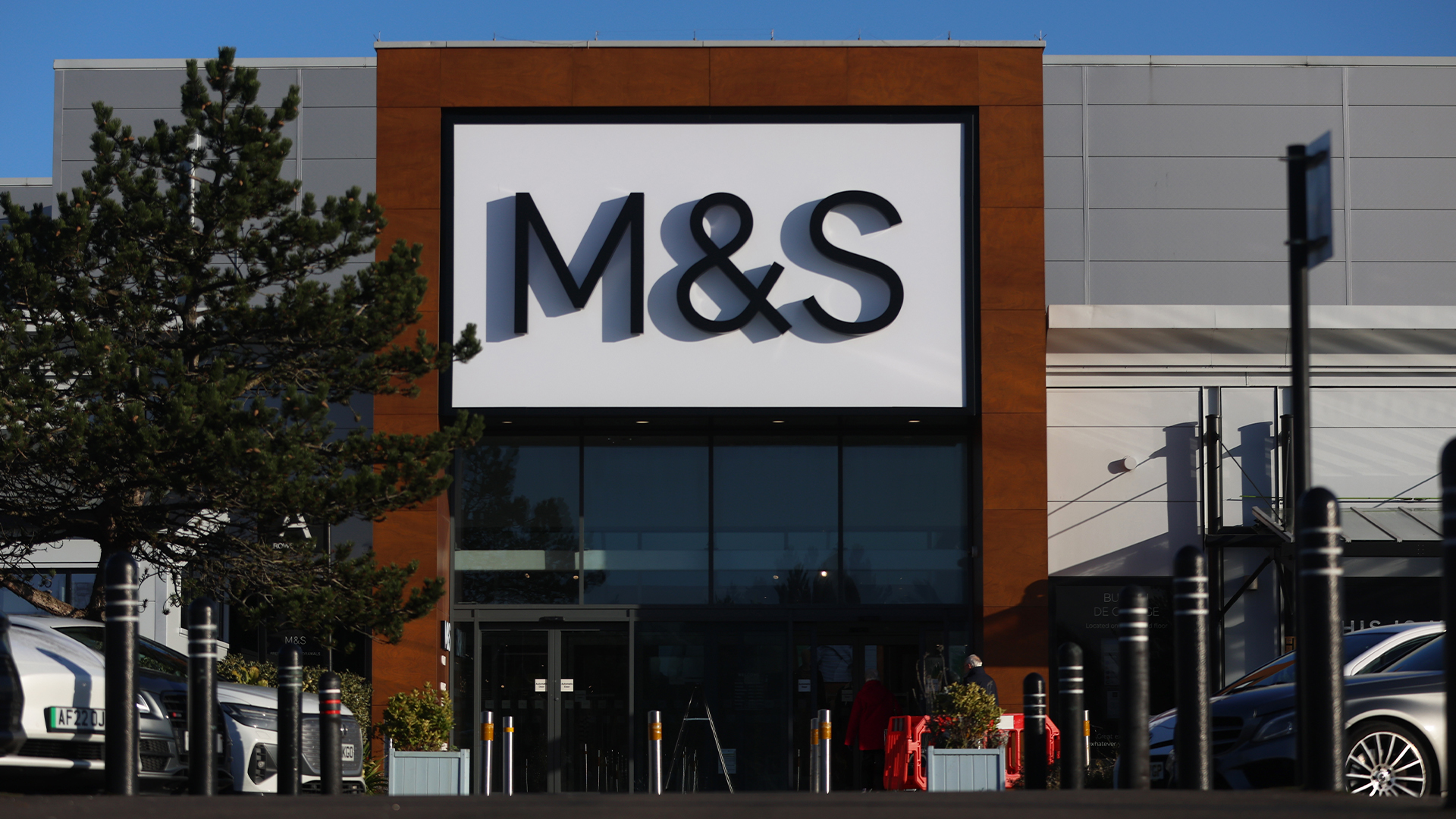Samsung 900X3A review
Samsung's black beauty of an ultra-portable laptop is one of the first with an ultra low voltage Sandy Bridge processor, but is it good enough to take on the Apple MacBook Air? Read our full review of this slender new computer to find out.
We had high hopes for the Samsung 900X3A, but the ultraportable laptop feels like a Windows version of the flawed original MacBook Air, with its odd design choices and short battery life, rather than the most recent, greatly improved Air. Plus, the 900X3A is about £100 more expensive than Apple's laptop. Despite the 900X3A's faster processor, if you need a thin and light ultraportable laptop that has long battery life and is comfortable to use, the MacBook Air remains our top pick.
We're big fans of thin and light ultraportable laptops here at ITPRO. Unless your laptop is never going to leave your desk or office, we don't see the point in a laptop that's so big and heavy it's uncomfortable to carry around.
Previously known as the ZX310, Samsung's sleek and stylish new 900X3A is remarkably thin - it's just 19mm at its thickest point so it's not much thicker than the cord of the battery charger. It's lightweight too at around 1.33kg, making it easy to carry around all day.
The black brushed metal construction looks and feels very classy. It feels robust too, although it flexed under pressure more than we'd like, especially when compared to the remarkably rigid build of the latest MacBook Air.
The 900X3A comes equipped with a 1.4GHz Core i5 2537M processor. This may sound slow, but paired with 4GB of RAM it managed a reasonably quick overall score of 31 in our cross-platform applications benchmarks. This was no doubt helped by the processor's Turbo Boost ability which can temporarily up its clock speed to 2.3GHz when applications demand it. It's certainly faster than the ageing ultra low voltage Core 2 Duo processors that Apple still uses in the MacBook Air.
Unfortunately its battery lasted just five hours and 50 minutes which is shorter than the 13 hour 13in MacBook Air as well as many other ultraportable laptops and netbooks. We were hoping for more given both the energy efficient ultra low voltage processor and the long battery life of previous Samsung laptops.
Its slender build means that the ports are hidden behind flip-down doors on either side of the laptop, just like the very first MacBook Air released back in early 2008. This makes plugging in cables more fiddly than we would like and that the tightly-spaced ports make it too easy for a chunky cable or peripheral to foul an adjacent port.
On the left hand side there's a USB3 port, a micro HDMI connector and proprietary socket for an Ethernet adapter which is included in the box. On the right hand side there's a USB2 port, a combo headphone/microphone jack and a microSD slot useful for transferring files to and from an Android smartphone, but of little use for copying photos off digital cameras which rarely use microSD cards.
Get the ITPro daily newsletter
Sign up today and you will receive a free copy of our Future Focus 2025 report - the leading guidance on AI, cybersecurity and other IT challenges as per 700+ senior executives
-
 M&S suspends online sales as 'cyber incident' continues
M&S suspends online sales as 'cyber incident' continuesNews Marks & Spencer (M&S) has informed customers that all online and app sales have been suspended as the high street retailer battles a ‘cyber incident’.
By Ross Kelly Published
-
 Westcon-Comstor unveils new managed SOC solution for Cisco partners
Westcon-Comstor unveils new managed SOC solution for Cisco partnersNews Powered by Cisco XDR, the new offering will enable partners to tap into new revenue streams, the company said
By Daniel Todd Published
-
 More than 5 million Americans just had their personal information exposed in the Yale New Haven Health data breach – and lawsuits are already rolling in
More than 5 million Americans just had their personal information exposed in the Yale New Haven Health data breach – and lawsuits are already rolling inNews A data breach at Yale New Haven Health has exposed data belonging to millions of people – and lawsuits have already been filed.
By Emma Woollacott Published